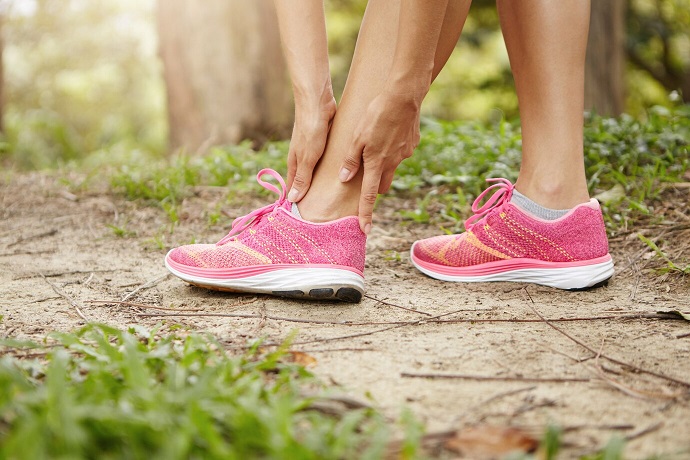Achilles tendinitis, an overuse injury of the Achilles tendon, poses significant challenges for individuals, especially athletes and runners. Characterized by pain, swelling, and reduced mobility, prompt treatment is essential to prevent further complications. Neglecting treatment can lead to chronic pain and even Achilles tendon rupture, underscoring the importance of understanding, diagnosing, and treating this condition effectively.
Understanding Achilles Tendinitis
The Achilles tendon, a robust band of tissue connecting the calf muscles to the heel bone, plays a pivotal role in facilitating movement, particularly walking and running. However, repetitive stress or overuse can lead to inflammation and degeneration of this tendon, resulting in Achilles tendinitis. When addressing Achilles tendinitis treatment, common triggers include sudden increases in physical activity, inadequate stretching, and wearing improper footwear.
Symptoms of Achilles Tendinitis
Recognizing the signs and symptoms of Achilles tendinitis is crucial for timely intervention. Individuals may experience pain, stiffness, and swelling along the back of the heel, particularly after physical activity. Discomfort may worsen with prolonged activity or when climbing stairs, and in severe cases, palpable thickening or nodules may be present along the tendon.
Diagnosis of Achilles Tendinitis
Healthcare providers employ various diagnostic methods to assess Achilles tendinitis, including physical examinations and imaging tests. Physical exams involve assessing a range of motion, palpating the affected area, and evaluating tendon integrity. Imaging tests such as ultrasound or MRI may be utilized to visualize tendon structure and assess the extent of damage.
Non-Surgical Treatment Options
Non-surgical interventions are typically the first line of treatment for Achilles tendinitis and may include:
Rest and lifestyle modifications: Allowing the affected tendon time to heal by reducing physical activity and incorporating lifestyle changes such as proper footwear and stretching routines.
Physical therapy: Utilizing targeted exercises, manual therapy techniques, and modalities to strengthen muscles, improve flexibility, and promote healing.
Orthotics: Customized shoe inserts designed to provide support, alleviate pressure on the Achilles tendon, and correct biomechanical issues contributing to tendon stress.
Medication and therapeutic procedures: Non-steroidal anti-inflammatory drugs (NSAIDs), corticosteroid injections, or Platelet-Rich Plasma (PRP) therapy may be prescribed to reduce pain and inflammation.
Surgical Treatment Options
In cases where conservative treatments fail to provide relief, surgical intervention may be warranted. Surgical options for Achilles tendinitis include:
Debridement and repair: Surgical removal of damaged tissue followed by tendon repair to promote healing and restore tendon integrity.
Tendon transfer: Transferring healthy tendon tissue from adjacent muscles to reinforce the Achilles tendon and improve function.
Lengthening procedures: Lengthening the calf muscles or the Achilles tendon itself to alleviate tension and reduce strain on the tendon.
Post-surgical Rehabilitation
Rehabilitation following Achilles tendon surgery is crucial for optimizing outcomes and minimizing complications. Physical therapy, guided by a trained therapist, focuses on restoring range of motion, strength, and function while gradually reintroducing weight-bearing activities.
Prevention Strategies
Preventing Achilles tendinitis involves adopting proactive measures to reduce risk factors and promote tendon health:
Regular exercise and a healthy diet: Maintaining a balanced exercise regimen and nutritious diet supports overall musculoskeletal health, reducing the risk of tendon injuries.
Adequate rest and recovery: Allowing sufficient time for rest and recovery between workouts or intense physical activities prevents overuse injuries and promotes tissue repair.
Proper footwear and equipment: Wearing appropriate footwear with adequate arch support and cushioning, especially during sports or exercise, reduces strain on the Achilles tendon and minimizes injury risk.
Conclusion
Achilles tendinitis presents challenges for individuals seeking to maintain an active lifestyle, but with prompt diagnosis, appropriate treatment, and preventive measures, it is a manageable condition. Understanding the underlying causes, utilizing effective treatment modalities, and implementing preventive strategies are essential steps in addressing Achilles tendinitis and promoting long-term tendon health and function.
